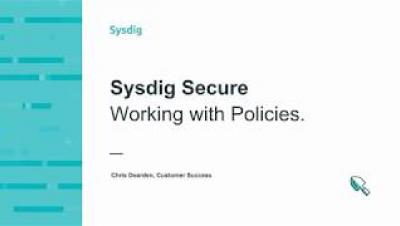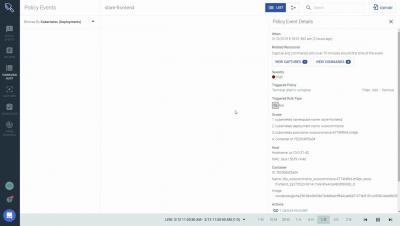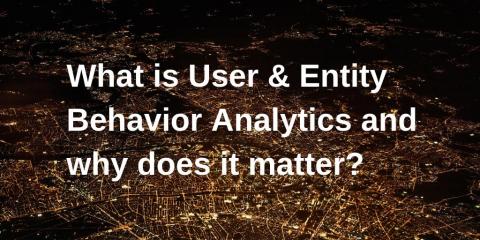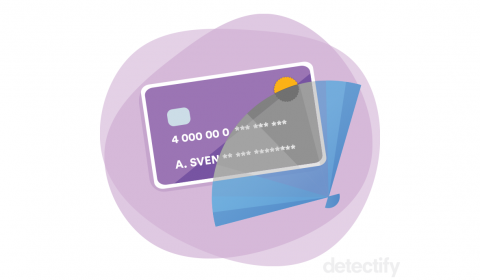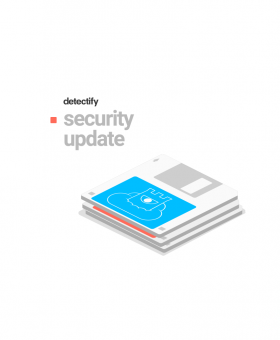Security | Threat Detection | Cyberattacks | DevSecOps | Compliance
%term
Sysdig Secure: Policy Events
What is User and Entity Behavior Analytics and why does it matter?
A lot could happen within 100 days. One could start a new company, travel around the world or train for a marathon. One hundred days is also around the average time that attackers spend frolicking around compromised networks before being detected. For countries in Europe, Middle East, and Africa the number goes up to 175, or almost half of a year. To make matters worse, the longer a breach remains undetected the more expensive it becomes.
Six Myths People Still Believe About GDPR
The General Data Protection Regulation (GDPR) came into force in May 2018, and by the letter of the law, virtually every business in the UK needs to comply with it. However, there are still some misconceptions surrounding the law and what it means to organisations. This can lead to difficult situations where mistakes can be made.
Weekly Cyber Security News 19/04/2019
A selection of this week’s more interesting vulnerability disclosures and cyber security news. While not as main stream as Skype, Matrix has certainly gained a good following (one I’ve been personally watching for a few years myself). The announcement of a major breach via vulnerabilities in it’s Jenkins CI system do highlight that any door in will be taken and used to pivot into where the jewels really are.
The Importance of Threat Intelligence Feeds
Threat Intelligence Feeds, in fact, are an actionable threat data related to artifacts or indicators collected from any third-party vendors in order to learn from other company’s visibility and access to enhance your own cyber threat response and awareness. The example of these third-party vendors includes Kaspersky Threat Intelligence and Alient Vault OTX. Threat Intelligence Feeds concentrate on a single area of interest and they are delivered online.
How to Measure Internal Audit Performance
What information does Detectify provide for PCI Compliance Requirement 6?
The Payment Card Industry Data Security Standard (PCI DSS) program provides an information security compliance benchmark for companies that are handling, processing and storing cardholder data online. Software development and vulnerability management are covered in the PCI DSS compliance requirements as this concerns products and applications created to handle cardholder data.
Detectify security updates for 18 April
For continuous coverage, we push out major Detectify security updates every two weeks, keeping our tool up-to-date with new findings, features and improvements sourced from our security researchers and Crowdsource ethical hacker community. Due to confidentially agreements, we cannot publicize all security update releases here but they are immediately added to our scanner and available to all users. This post highlights a few things that we have improved in the last two weeks.
Why RBAC is not Enough for Kubernetes Security
Kubernetes isn’t (just) fun and games anymore. It’s being rolled out for production; it’s mission-critical; and all the security and compliance rules and regulations of the old world need to somehow be retrofitted onto Kubernetes. Unfortunately, the old tools for access control like RBAC simply aren’t up to the challenge.


